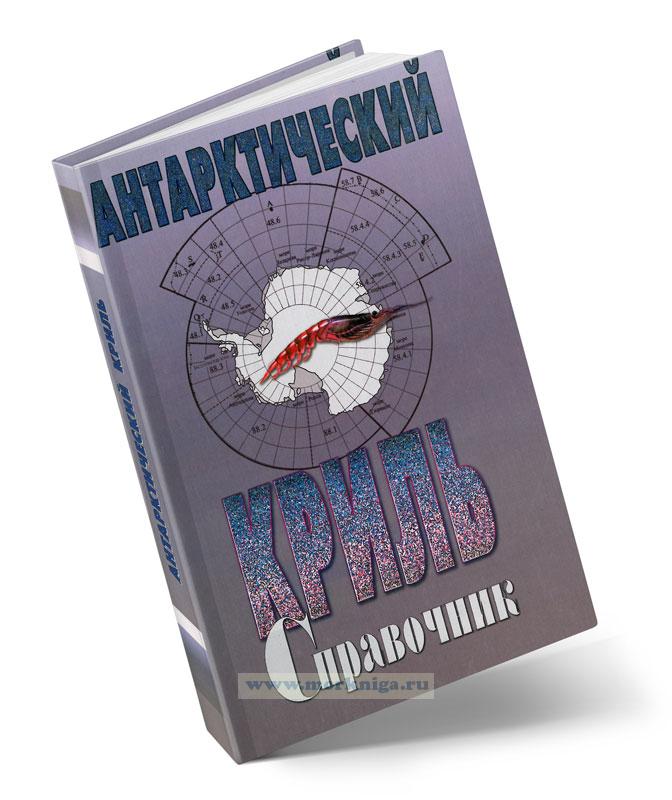Сб с 10 до 16
Marine Renewable Energy. Handbook/Морское руководство по возобновляемой энергии
Издание на английском языке
Marine renewable energy is a significant resource for generating electricity, and if some conversion technologies have already reached a certain level of maturity, others are emerging. The originality of this multidisciplinary book is to offer a broad spectrum of knowledge from academic and industry experts of various origins. It deals with general aspects such as the specificities and constraints of the marine environment, the concepts of hydrodynamics and ocean engineering, as well as the industrial and economic sides necessary for the assembly of projects. It also discusses conversion technologies such as offshore wind, tidal power plants, tidal stream turbines, wave energy converters and ocean thermal energy plants. Finally, two chapters are devoted to power electronic conversion and power transmission cables.
Contents
Foreword
Michel Paillard
Preface
Bernard Multon
Chapter 1. Marine Environment and Energy Resources
Raymond Nerzic and Jean-Pierre Maze
1.1. Introduction
1.2. Physical and potential resources
1.3. Physical aspects of the marine environment
1.4. Environmental data
1.5. Bibliography
Chapter 2. Constraints of the Marine Environment
Marc Prevosto, Peter Davies, Chantal Compere and Michel Olagnon
2.1. Extreme conditions at sea
2.2. Materials in the marine environment
2.3. Bibliography
Chapter 3. Some Concepts of Hydrodynamics and Ocean Engineering
Aurelien Babarit, Hakim Mouslim and Jean-Marc Rousset
3.1. The marine environment
3.2. Loads on marine structures
3.3. Numerical and experimental tools for analysis
3.4. Conclusion
3.5. Bibliography
Chapter 4. Marine Energy and Industrial Actors
Guy Beslin and Jacques Ruer
4.1. Why does marine energy concern large industrial players?
4.2. An energy source of immense potential
4.3. Marine energy: a sector reserved for industrial players and large-scale international investors
4.4. Example of offshore wind energy: the main players and industry in France
4.5. Industrial assembly
4.6. Industrial risks and how to manage them
4.7. Hazard management for interventions at sea
4.8. Design and maintenance of electricity-producing installations at sea
4.9. Policies and organization of maintenance
4.10. Operational and maintenance activities
4.11. Estimating maintenance costs
4.12. Decision-making by the investors
4.13. Conclusion
4.14. Bibliography
Chapter 5. Installation of Wind Turbines at Sea
Jacques Ruer
5.1. Peculiarities of the marine environment
5.2. Design of the support structures of offshore wind turbines
5.3. Assembly of offshore wind turbines
5.4. Electrical cables
5.5. Access to offshore wind turbines
5.6. Floating wind turbines
Chapter 6. Conversion Systems for Offshore Wind Turbines
Cristian Nichita and Brayima Dakyo
6.1. Evolution of wind energy technology
6.2. Estimating the wind energy resource
6.3. Wind turbines
6.4 Bibliography
Chapter 7. Production of Tidal Range Energy
Vincent De Laleu
7.1. Tidal range energy – theory and potential
7.2. Potential of tidal range energy development
7.3. Tidal range energy in France: the Rance Tidal Power Plant
7.4. Tidal range energy in Canada – Annapolis
7.5. Tidal range energy in the United Kingdom – the Severn
7.6. Tidal range energy in South Korea – Sihwa
7.7. The challenges of tidal range energy
7.8. Bibliography
Chapter 8. Concepts, modeling and control of tidal turbines
Mohamed Benbouzid, Jacques Andre Astolfi, Seddik Bacha, Jean Frederic Charpentier, Mohamed Machmoum, Thierry Maitre and Daniel Roye
8.1. Introduction
8.2. State of the art technology in tidal turbines
8.3. Modeling and control of tidal turbines
8.4. Bibliography
Chapter 9. Paimpol-brehat: development of the first tidal array in France
Pierre Brun, Laurent Terme and Agnes Barillier
9.1. Introduction and context
9.2. Selection of technologies
9.3. Technical specifications of the project and the producible power
9.4. Administrative procedures
9.5. Conclusion and perspectives
9.6. Bibliography
Chapter 10. Feedback from the Sabella tidal current turbine project
Jacques Ruer
10.1. Introduction
10.2. Design of the Sabella turbines
10.3. The demonstration project Sabella D03
10.4. Conclusions
10.5. Bibliography
Chapter 11. Wave energy converters
Judicael Aubry, Hamid Ben Ahmed, Bernard Multon, Aurelien Babarit and Alain Clement
11.1. Presentation of the wave energy resource
11.2. Classification of wave energy converters
11.3. Direct wave energy converters with direct electromechanical conversion (type C5)
11.4. Fluctuations of power produced by wave energy converters
11.5. Bibliography
Chapter 12. Ocean Thermal Energy Conversion: A Historical Perspective
Gerard Nihous and Michel Gauthier
12.1. The thermal resource of the oceans
12.2. Main principles of ocean thermal energy conversion
12.3. Georges Claude, the pioneer
12.4. A renaissance at the end of the 20th Century?
12.5. Reflections
12.6. Bibliography
Chapter 13. Ocean Thermal Energy Conversion: Solutions Studied
Virginie Lelarge, Thierry Bouchet, Brice Hermant, Aurelien Bouhier, Julian Berrou and Cedric Auvray
13.1 The industrial approach to ocean thermal energy conversion
13.2. The energy conversion system at the heart of OTEC
13.3. Integration of OTEC plants
13.4. An OTEC plant in the marine environment
13.5. Conclusion
13.6. Bibliography
Chapter 14. Electrical Conversion Systems
Jacques Courault
14.1. Historical introduction
14.2. General facts
14.3. Voltage inverters in pulse width modulation
14.4. Storage
14.5. Control of the voltage Ed
14.6. Filtering the output voltages
14.7. Transmission
14.8. Technology
14.9. Maintenance
14.10. Conclusion
14.11. Bibliography
Chapter 15. Cables for Collecting and Transmitting Energy Produced by Offshore Technologies
Pierre Argaut
15.1. Introduction
15.2. General facts
15.3. Functions of high-voltage cable systems
15.4. Manufacture of submarine cables
15.5. Principles and tools for the design of submarine cables
15.6. Tests of submarine cables
15.7. Specificities of DC cables
15.8. Specificities of dynamic cables
15.9. Electrical characteristics of submarine cables
15.10. New advances presented during JICABLE 2011
15.11. Bibliography
List of Authors
Index


 Научно-исследовательский и экспедиционный флот ААНИИ
Научно-исследовательский и экспедиционный флот ААНИИ  Гидронавты в глубинах океана
Гидронавты в глубинах океана  Антарктический криль. Справочник
Антарктический криль. Справочник